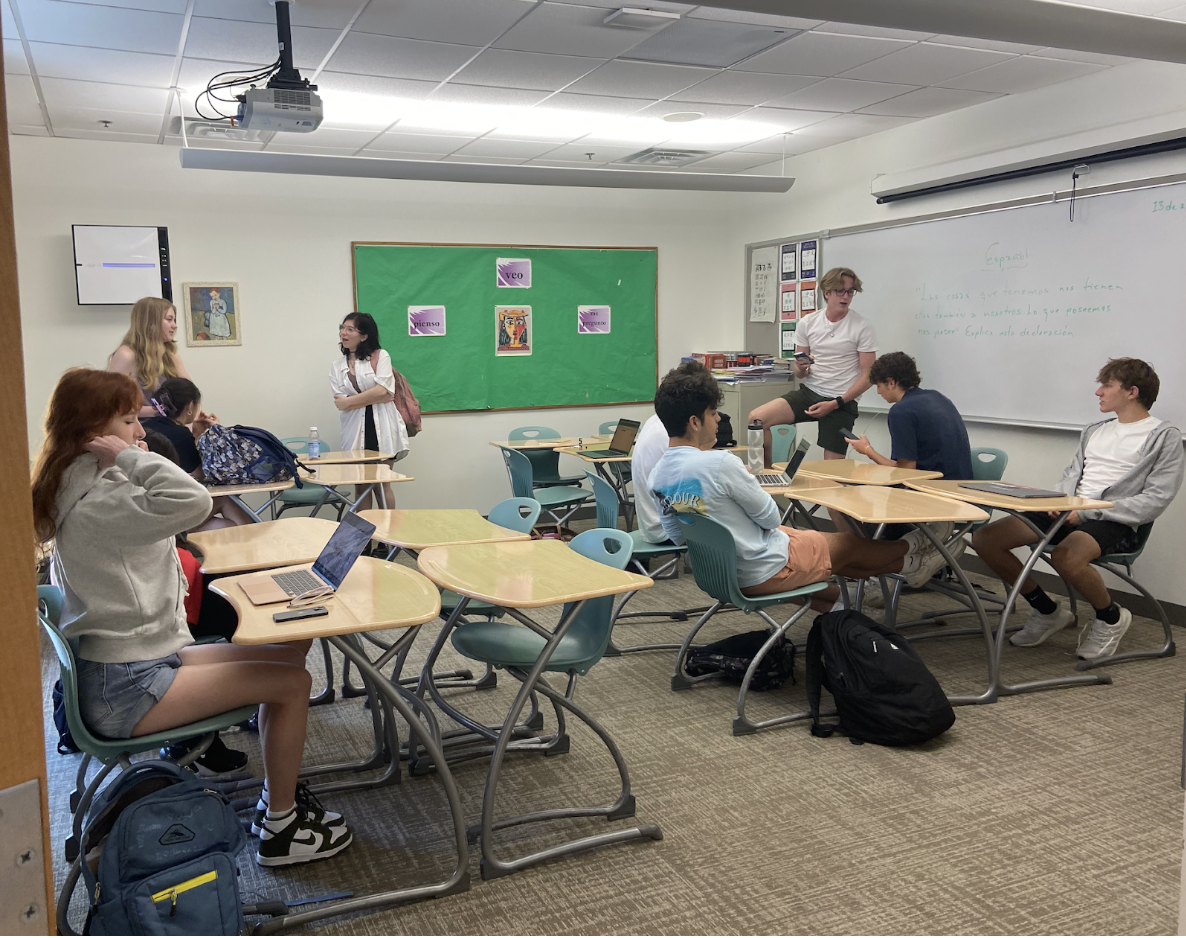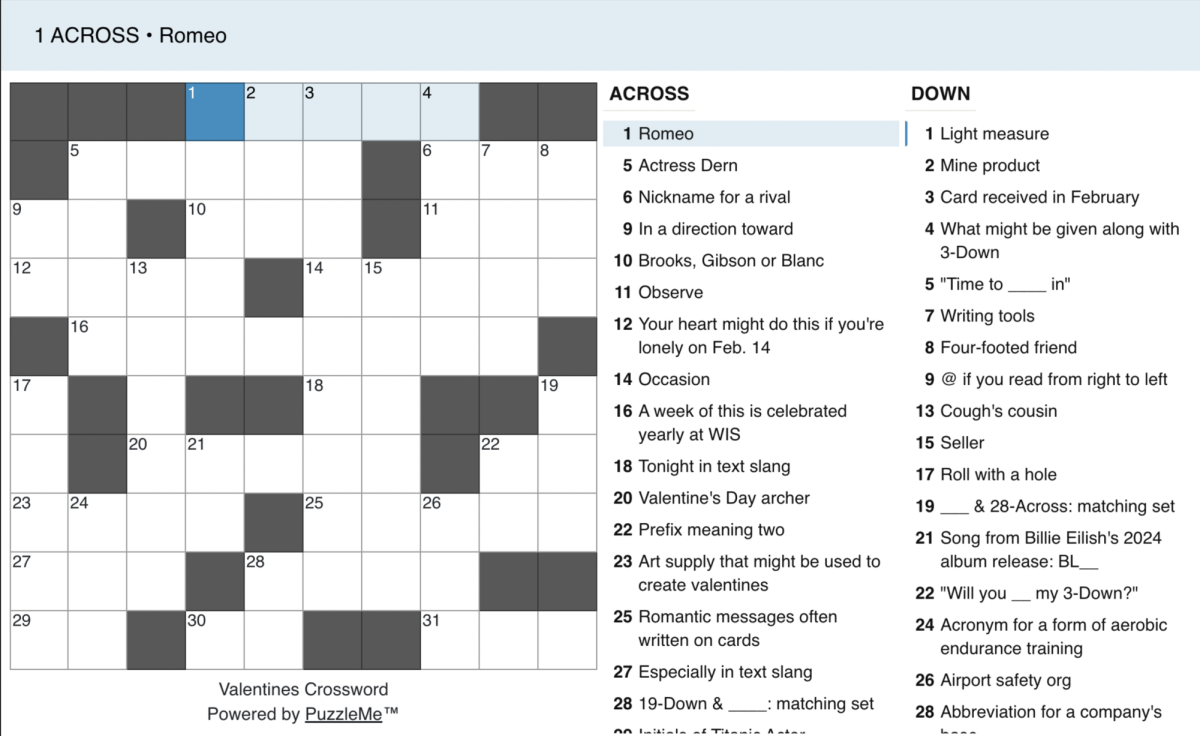ChatGPT, an artificial intelligence chatbot, has taken the world by storm. Developed by Open AI, the program mimics conversational language to answer questions and fulfill demands. ChatGPT works by using reinforcement learning, so with each prompt a user inserts, the answers improve in quality and accuracy. Although ChatGPT’s swift takeover of the internet has been discussed from environmental, ethical and economic angles, its impact is perhaps most disputed in schools. While students have delighted in the piece of technology that can complete their homework, essays and projects with a few strokes from a keyboard, schools have quickly cracked down, blocking the site from their WiFi networks under firewalls and somewhat begrudgingly speculating the ways in which ChatGPT has changed learning forever.
As a highly advanced language model, ChatGPT’s vast knowledge and natural language processing capabilities can serve as a powerful educational tool, helping students learn more effectively. By engaging in natural language conversations with ChatGPT, students can ask questions and receive accurate and detailed answers in real time, leading to a deeper understanding of complex subjects and personalized learning experiences. Teachers can also use ChatGPT to create interactive lesson plans and provide students with personalized feedback.
However, there are potential negative impacts of ChatGPT on learning. Some critics argue that ChatGPT may discourage students from developing critical thinking skills and relying too heavily on technology for answers. In addition, there are concerns about privacy and data security with the use of AI-powered learning tools. As a technology produced in a field dominated predominantly by white men, there is also the risk that ChatGPT could perpetuate biases and inequalities in education, particularly if not implemented equitably across different schools and communities. Finally, although ChatGPT will only become better and stronger with time, the information it provides can be misleading and in many cases, false. The chatbot has been known to make up sources when asked to provide for them in investigative essays.
Overall, while ChatGPT has the potential to revolutionize learning in high schools, it is important to carefully consider both the positive and negative impacts and ensure that it is used in a responsible and equitable manner.
Despite its serious consequences for the education system, ChatGPT can also be used in amusing ways in more casual settings. For example, friends can engage in a game of “Ask ChatGPT,” where they take turns asking ChatGPT absurd or nonsensical questions to see how it responds. ChatGPT can also be used to generate humorous responses to jokes or puns, providing a lighthearted source of entertainment. In addition, ChatGPT can be used to generate creative writing prompts, such as asking it to generate a funny short story idea. With its ability to generate natural language responses in real time, ChatGPT can provide a fun and entertaining way to spark creativity and humor in casual settings. In fact, ChatGPT-based content has been quick to pop up on entertainment and informational sites like YouTube, TikTok and even Dateline! Can you guess which of these paragraphs was written by ChatGPT? Check the bottom of page xxx for the answer!
¡pǝʇɐɹǝuǝƃ ɹǝʇndɯoɔ sᴉ ʇsǝɹ ǝɥʇ ‘uɐɯnɥ ɐ ʎq uǝʇʇᴉɹʍ sɐʍ ɥdɐɹƃɐɹɐd ʇsɹᴉɟ ǝɥʇ ʎluO :ɹǝʍsu∀
By Sofia Vakis


































































